Let’s Settle This: 5 Hair Care Myths That Are Wasting Your Time and Money
After years of working in the salon, I can tell you one thing for sure: I’ve heard it all. People come in armed with advice from their mom, their favorite vlogger, or a tip they saw in a magazine. And honestly, it’s all well-intentioned. Everyone just wants beautiful, healthy hair, right? But so much of that common wisdom is based on outdated info, clever marketing, or just a simple misunderstanding of how hair actually works.
In this article
My job is more than just cutting and coloring; it’s about clearing up the confusion. Once you understand the ‘why’ behind hair care, you can make smarter choices for your own hair type and goals. So, let’s dive in and bust some of the most stubborn hair myths I hear every single week.
1. The Myth: Regular Trims Make Your Hair Grow Faster
This is easily the most common myth out there. People either avoid trims for a year trying to get length, or they come in religiously every four weeks thinking it’s a magic growth potion. The truth is, a haircut has absolutely nothing to do with how fast hair grows from your scalp.
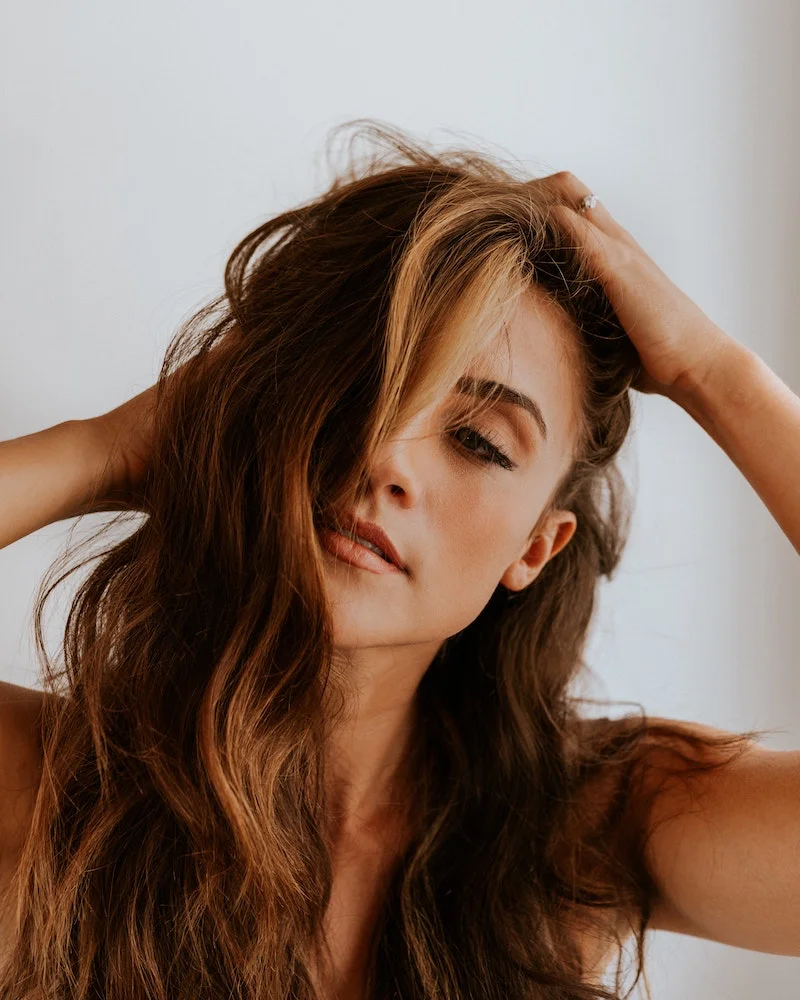
The Real Deal: It’s About Preventing Breakage, Not Spurring Growth
Hair growth is all biological—it happens at the follicle in your scalp, driven by things like genetics, diet, and hormones. On average, hair grows about half an inch a month, no matter what you do to the ends. Once that hair is out of your scalp, it’s essentially a fiber, and cutting it is like trimming a rope; it doesn’t make the factory produce rope any faster.
So, why are stylists always talking about trims? Because we’re trying to help you keep the length you grow. Your ends take a beating from heat, brushing, and just life in general. This causes split ends. If you leave a split end, it will keep splitting farther up the hair shaft until that piece just snaps off.
When a client tells me, “My hair just won’t grow past my shoulders,” it’s almost always because their hair is breaking off at the same rate it’s growing. A tiny trim, sometimes called a “dusting,” gets rid of those damaged ends before they can cause real trouble. By taking off a mere quarter-inch every 8-12 weeks, you prevent the massive breakage that keeps your hair looking short and thin.
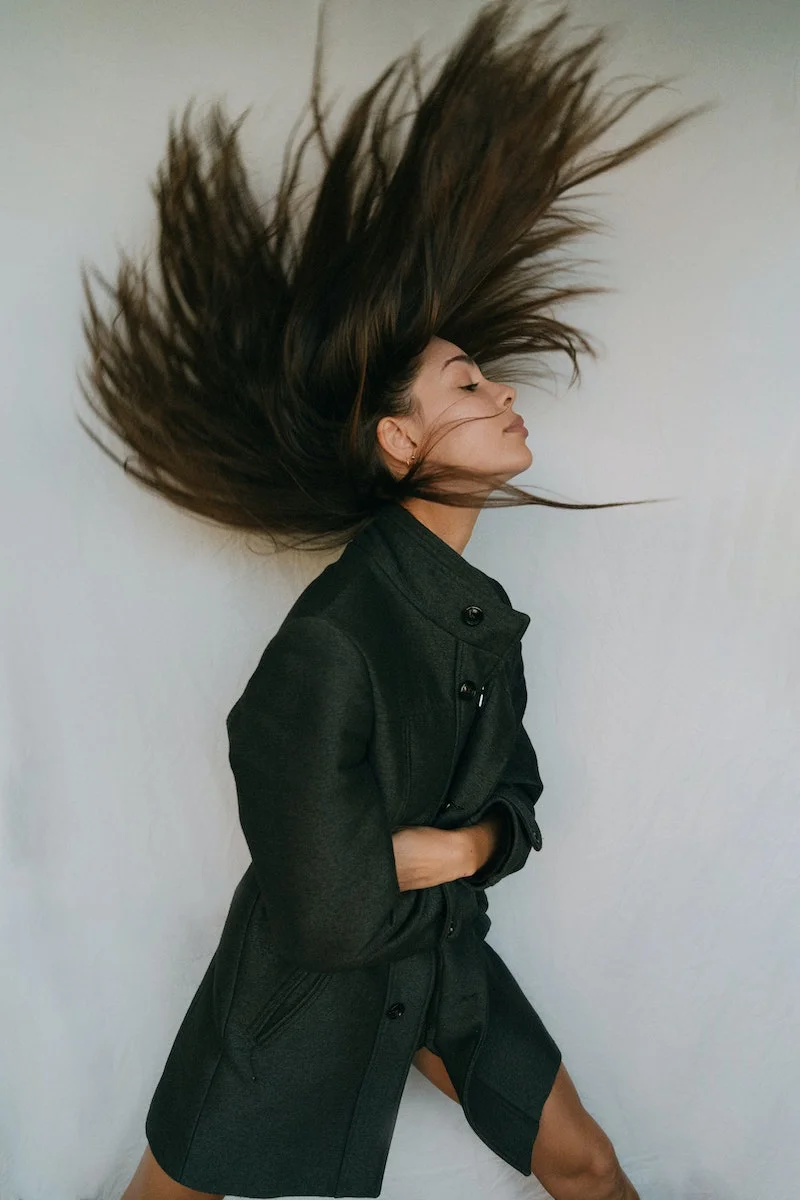
Good to know: If you want to be crystal clear with your stylist, just say this: “I’m growing my hair out, so please only take off the absolute minimum to get rid of the split ends—no more than a quarter-inch.” We’ll know exactly what you mean.
Oh, and if you’re tempted to do a little trim at home? A quick heads up! Please, do not grab the kitchen or craft scissors. They crush the hair cuticle and can actually cause more split ends. You’re better off investing in a pair of proper hair shears, which you can find online or at a beauty supply store like Sally Beauty for $20 to $40. It makes a huge difference.
2. The Myth: If You Pluck a Gray Hair, More Will Grow
We’ve all heard this one, usually followed by a dramatic, “seven more will come to its funeral!” It’s a fun saying, but it’s completely false. If it were true, we’d have stumbled upon the world’s easiest cure for thinning hair ages ago.
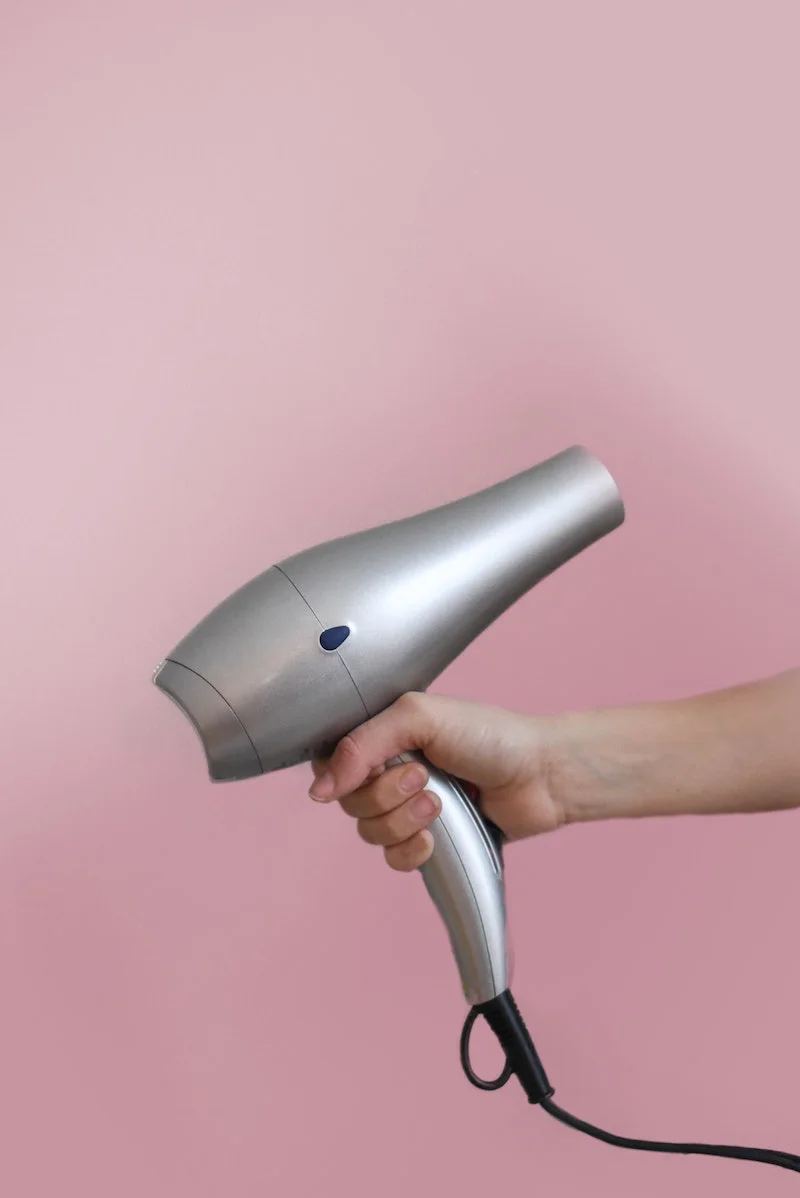
The Real Deal: One Follicle, One Hair (But Don’t Pluck It!)
Every single hair on your head grows from its own individual follicle. Plucking one out doesn’t magically create new follicles around it, nor does it send a secret signal to its neighbors to turn gray. Gray hair happens when the pigment-producing cells in that single follicle run out of steam. It’s a natural process.
But just because it won’t cause more grays doesn’t mean you should start plucking. Repeatedly yanking a hair out can seriously traumatize the follicle. This can lead to infection, a weird, wiry texture when the hair grows back, or worse—you could damage it so badly that it stops growing hair altogether. That’s a condition called traction alopecia. Trust me, one barely-visible gray hair is much better than a small, permanent bald patch.
So, what should you do instead? You’ve got options!
- For a few scattered grays: A root touch-up spray is your best friend. Brands like L’Oréal Magic Root Cover Up cost about $10-$12 at any drugstore and wash right out. It’s a perfect quick fix.
- For blending more grays: Ask your colorist for subtle highlights or lowlights. This is more of an investment, usually running between $150 and $300+, but it provides a beautiful, seamless blend that grows out gracefully over two or three months.
- For embracing the grays: Go for it! Gray hair can be gorgeous. To keep it from looking dull, ask for a professional gloss or toner treatment at the salon. It costs around $50-$90, lasts about 4-6 weeks, and will make your grays look silvery and vibrant.
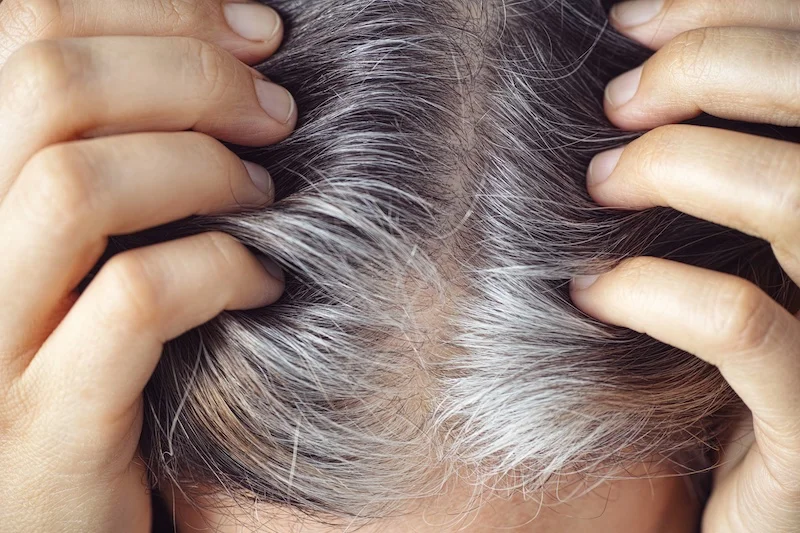
3. The Myth: You Have to Avoid Washing Your Hair Every Day
Lots of people believe that daily washing strips your hair of natural oils, making it dry or even greasier. While washing less often is great for some hair types, it’s definitely not a universal rule. For many, daily washing is actually the healthiest option.
The Real Deal: Your Scalp is Skin, So Treat It Like It
Think about it: your scalp has pores, produces oil (sebum), and sweats, just like the skin on your face. You wouldn’t go days without washing your face, right? Especially if you have oily skin or work out. A clean scalp is a healthy scalp.
When oil, dead skin cells, and product residue build up, they can clog follicles and lead to irritation, flakes, or even inflammation. The idea of “training” your hair to be less greasy is a bit of a myth; your oil production is controlled by hormones and genetics, not your shampoo schedule. The key is simply washing as often as your scalp needs it, using the right kind of shampoo.
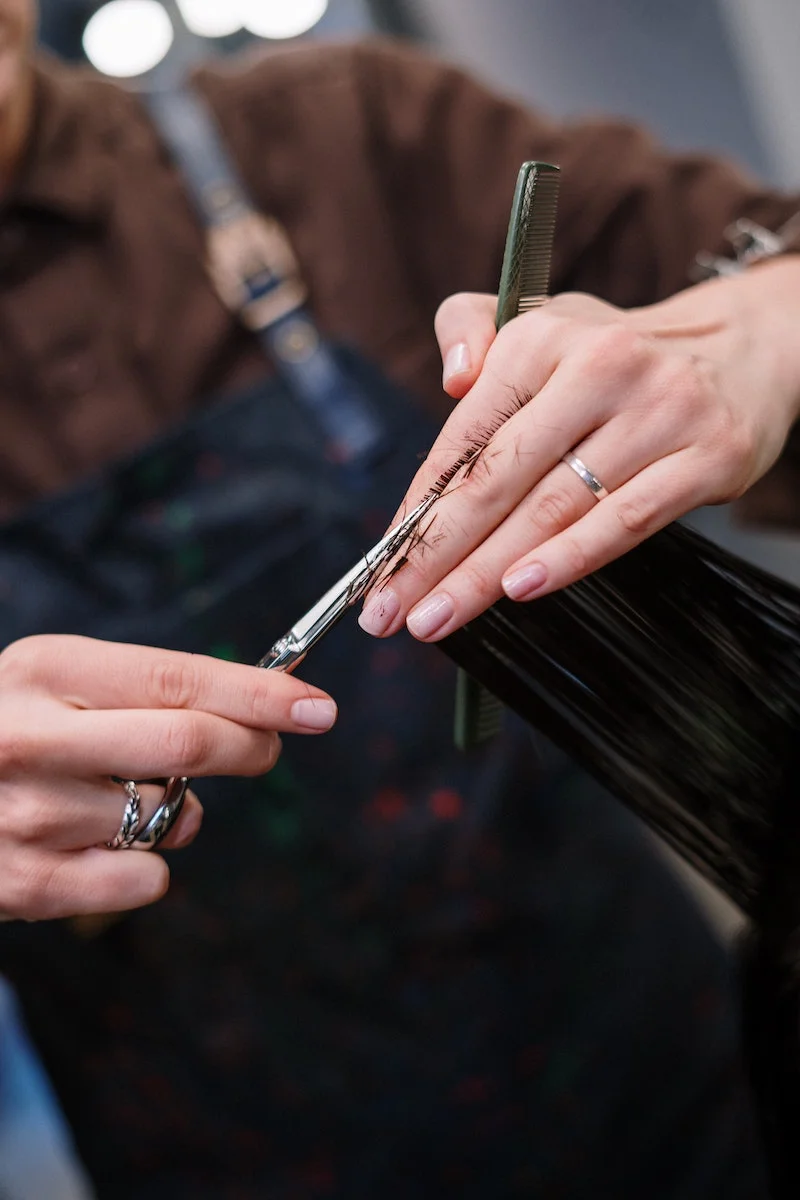
Not sure what your scalp needs? Try this quick test. Wash your hair at night and go to bed. In the morning, check your roots. How do they feel?
- A little greasy already? You likely have an oily scalp. Daily washing with a gentle shampoo is your friend.
- Pretty good, not oily or dry? You have a normal scalp. Wash your hair whenever it feels like it needs it.
- A bit tight or even flaky? You probably have a dry scalp. You can definitely go longer between washes, but make sure you’re using a hydrating, sulfate-free shampoo when you do.
By the way, when you’re shopping for a gentle daily shampoo, a great drugstore find is the L’Oréal EverPure line, which is usually around $8-$10. If you feel like splurging, a salon-quality option like Pureology Hydrate is fantastic, though it’ll set you back closer to $35.
4. The Myth: Air-Drying Is Always Healthier Than Blow-Drying
This one seems logical. We all know that scorching hot tools can damage hair, so avoiding heat altogether must be the best thing, right? Not exactly. As it turns out, letting your hair stay soaking wet for hours on end can cause its own kind of damage.
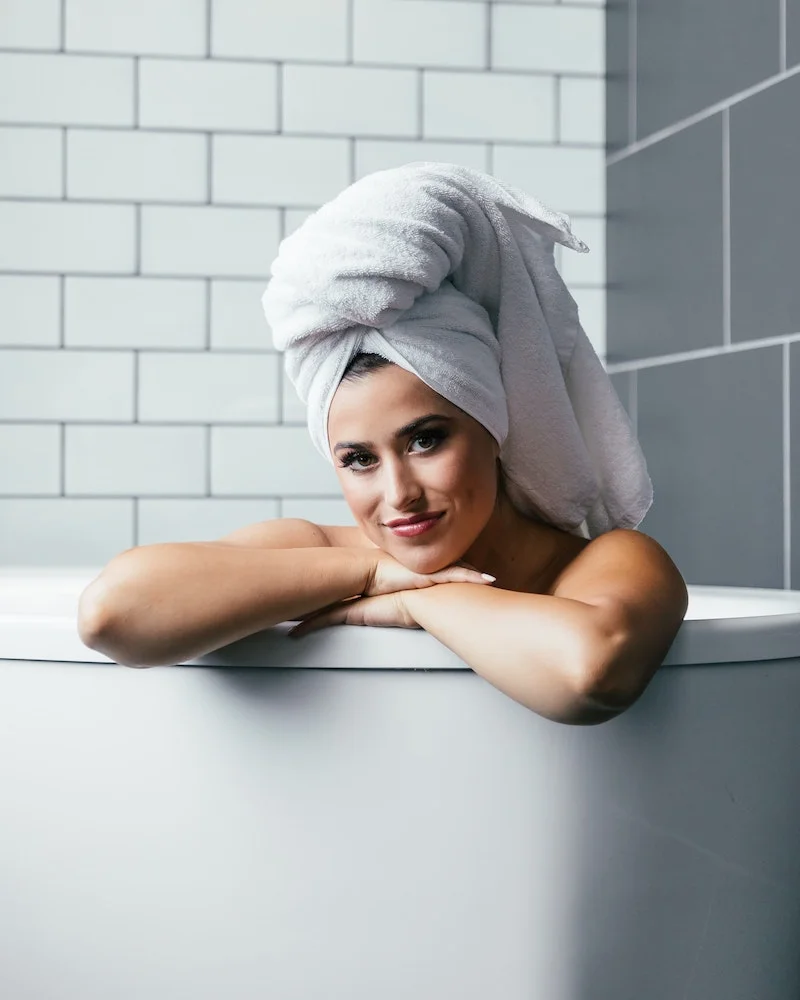
The Real Deal: It’s a Balance to Avoid Two Types of Damage
When your hair is wet, the strands swell up with water. This puts pressure on the outer protective layer, called the cuticle. If hair stays wet for a long time (like during a two-hour air-dry session), this prolonged swelling can actually weaken the hair’s internal structure. It’s a phenomenon called hygral fatigue. Over time, this can lead to more frizz and breakage than a quick, careful blow-dry.
The healthiest method is a balance. Here’s how the pros do it:
- Squeeze, don’t rub. This is a game-changer. Instead of roughing up your hair with a regular towel, gently squeeze the water out with a microfiber towel or an old cotton t-shirt. You’ll be shocked at how much less frizz you have.
- Always use a heat protectant. This is non-negotiable. It creates a buffer that helps prevent heat damage. You can find solid, affordable options like the TRESemmé Thermal Creations spray for under $8, or invest in a pro favorite like Kérastase Genesis Defense Thermique for around $45.
- Rough-dry on low and cool. Use your blow-dryer on a low-speed and low-heat setting. What’s low heat? It should feel warm, not hot. The goal is to evaporate water, not cook your hair. Keep the dryer moving and at least six inches from your head until your hair is about 80% dry.
- Style for the last 20%. Now you can turn the heat up to medium, pop on a nozzle, and use a brush to smooth and style. This final step is quick and gives you a polished finish with minimal direct heat exposure.
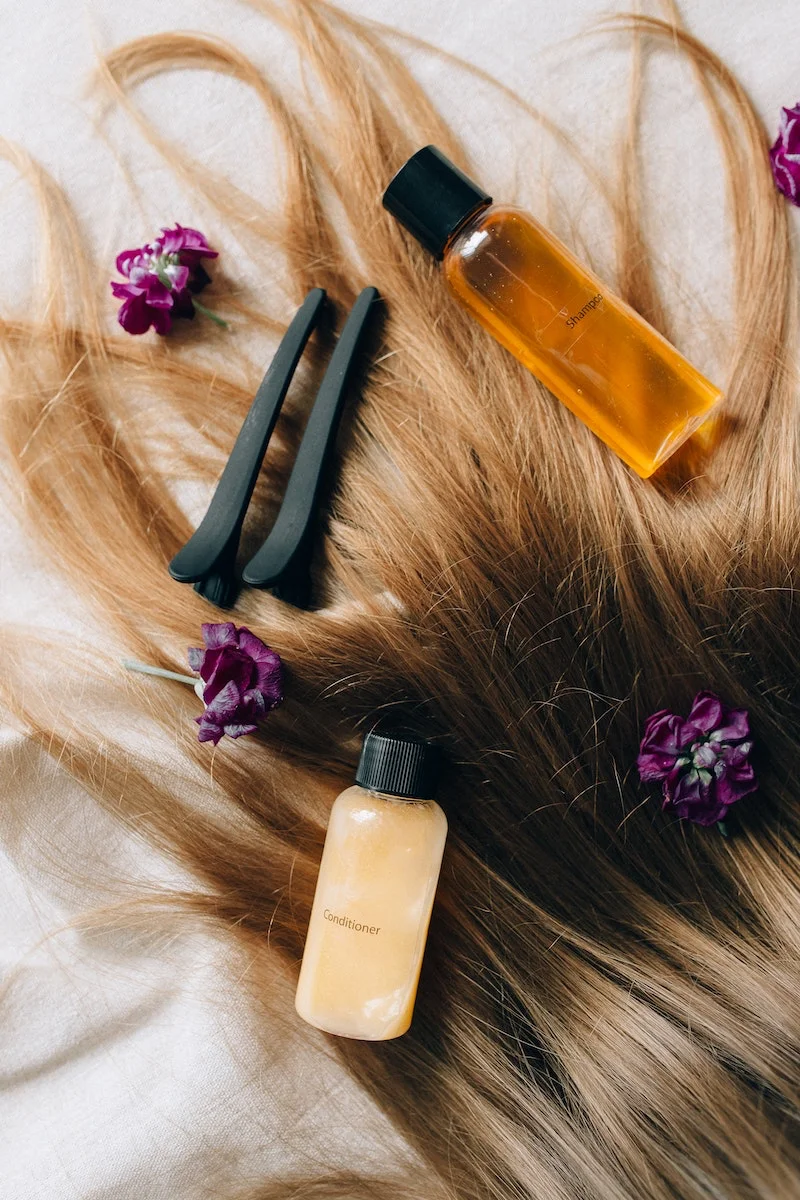
5. The Myth: Hair Color Takes Better on Dirty Hair
Ah, the classic. So many clients show up for their color appointment with hair that hasn’t been washed in days, thinking they’re doing me a favor. This myth has a tiny grain of truth buried in history, but with today’s professional products, it’s completely outdated.
The Real Deal: Modern Color Needs a Clean Canvas
Decades ago, hair color and especially lighteners were much, much harsher. That advice to not wash your hair was really about scalp comfort—a layer of natural oil provided a buffer against the aggressive chemicals. Today’s professional color formulas are way more gentle and sophisticated.
In fact, coming in with dirty hair can actually sabotage your results. Product buildup from oils, serums, hairsprays, and especially dry shampoo creates a barrier on the hair. This can prevent the color from penetrating evenly, leading to splotchy color or poor gray coverage. A lightener has to work overtime just to get through the gunk before it can even start to lift your color, causing unnecessary damage.
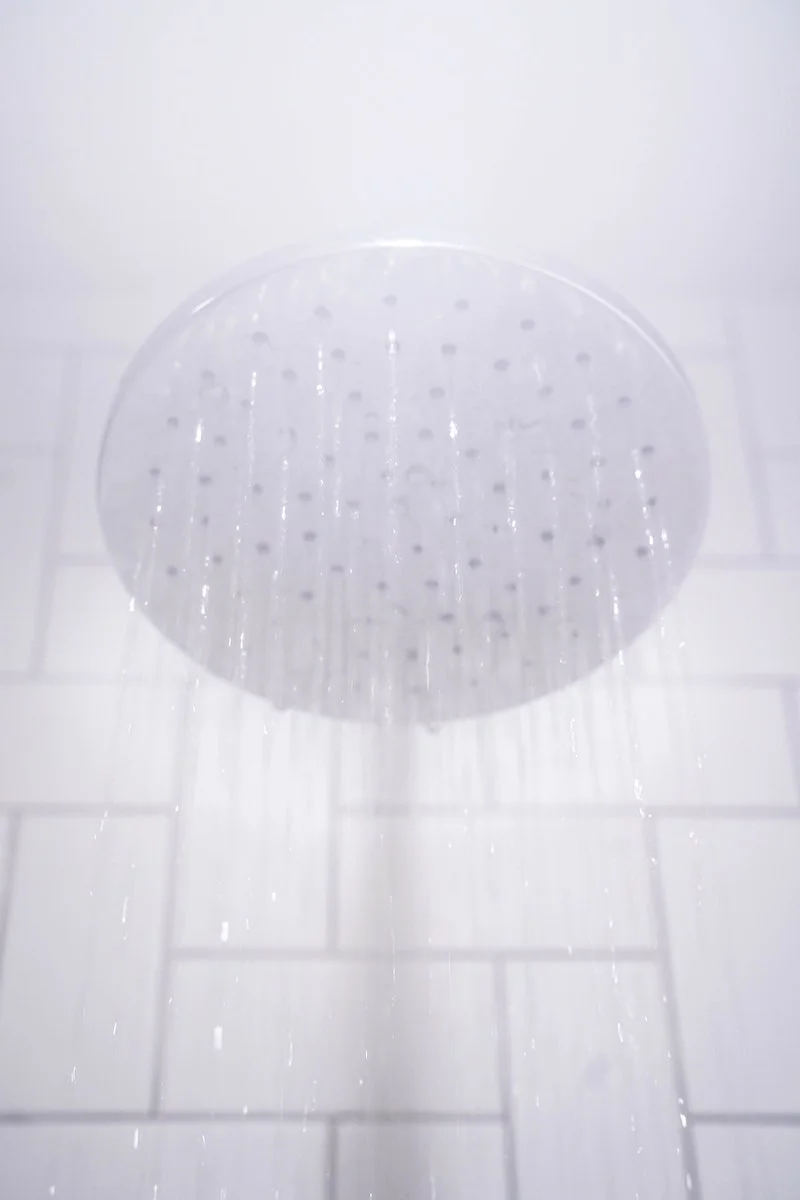
So, what should you do before a color appointment? Here’s the exact advice I give every single one of my clients:
- The Day Before: Wash your hair about 24 hours before your appointment. Use a good clarifying shampoo—you can grab the one from Neutrogena for about $7—to get rid of any and all product residue. Don’t use any heavy conditioners, masks, or leave-in treatments after you wash.
- The Day Of: Arrive at the salon with your hair completely dry and with ZERO styling products in it. No serum, no hairspray, nothing. Just clean, bare hair.
This gives your stylist a perfect, predictable canvas to work with. And trust me, it guarantees a much better, more even result for you. We appreciate it, and your hair will, too!
Inspiration:
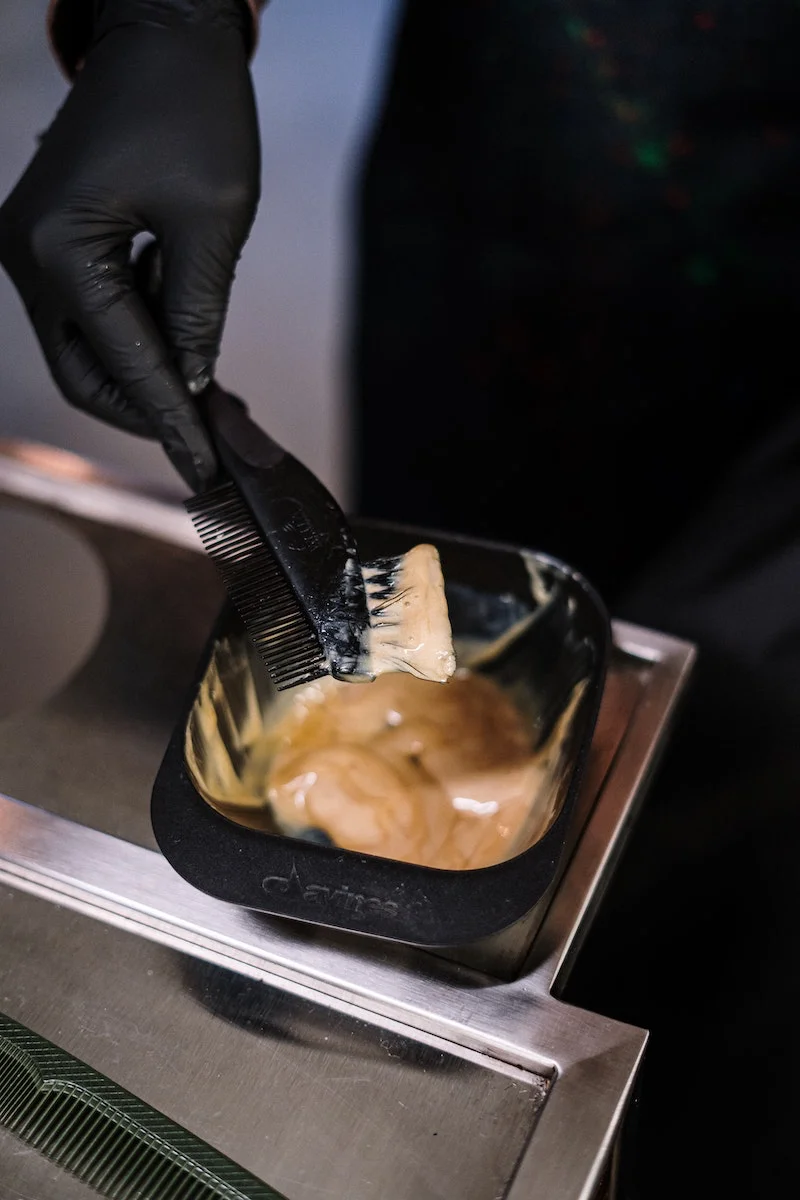
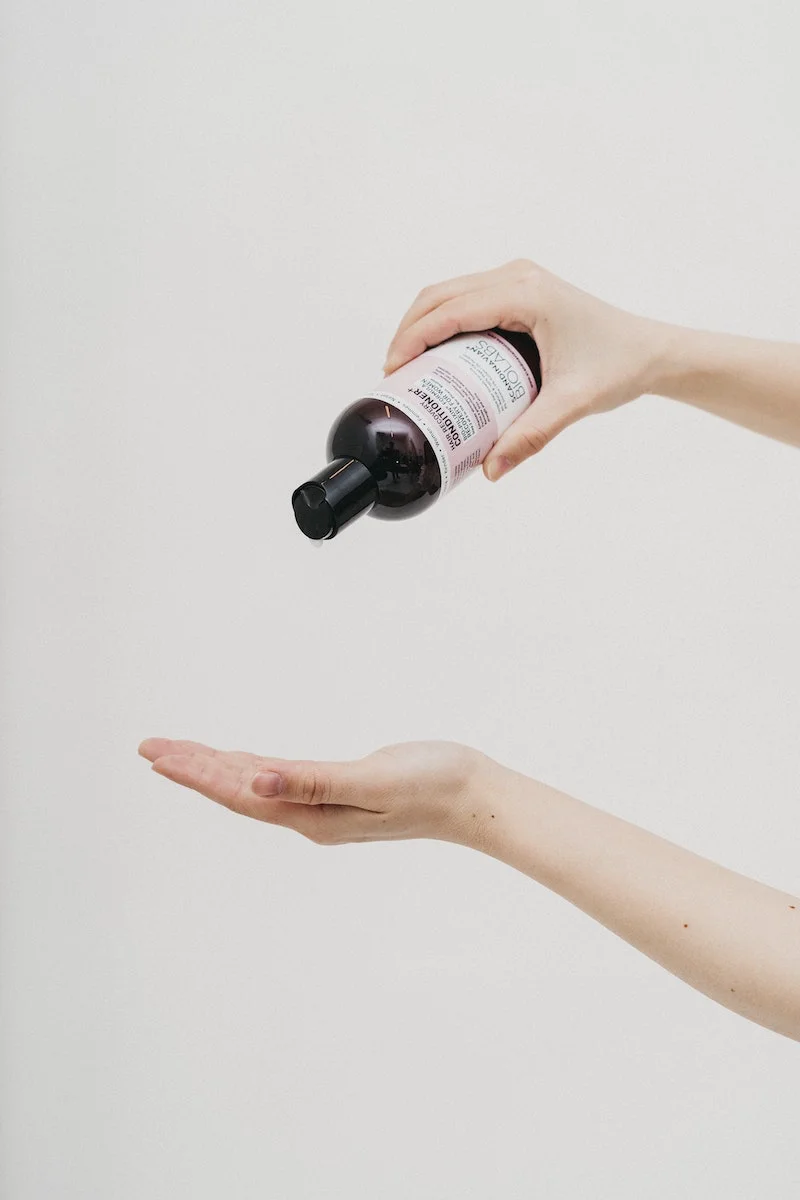
Ever wondered why your roots get so much brighter than your ends when you color your hair at home?
This common coloring mishap is called “hot roots,” and the culprit is your own body heat! The heat radiating from your scalp acts like a tiny accelerator, causing the hair dye on your roots to process faster and develop more intensely than the dye on your cooler mid-lengths and ends. To avoid this, reverse your application strategy. Apply the color to your mid-lengths and ends first, let them process for about 15-20 minutes, and then apply the color to the root area for the final 10-15 minutes of the recommended time. This gives the cooler parts of your hair a head start, ensuring a much more even, professional-looking result.
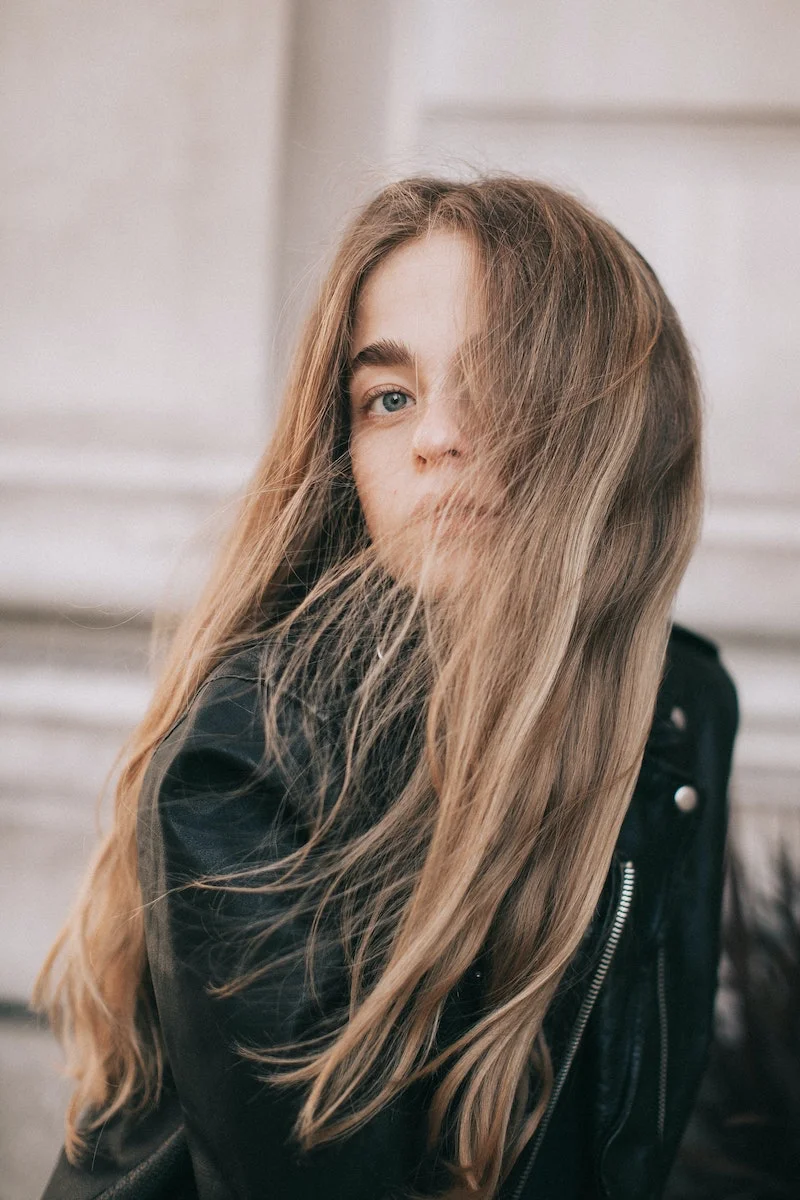
More than 60% of consumers are concerned about the chemicals in their hair products, leading to a massive rise in “clean” beauty.
But what does “clean” really mean for hair? It often points to formulas without sulfates, parabens, or silicones. While not inherently “bad,” sulfates can be stripping for colored or dry hair, and some silicones can cause buildup. Brands like Briogeo and Olaplex champion these gentler formulations, focusing on nourishing ingredients that improve hair health from the inside out, rather than just providing a cosmetic feel.
The secret to salon-level softness: it’s not just the products, it’s the application. When applying conditioner or a hair mask, don’t just slather it on. Squeeze the excess water out of your hair first—a sopping wet strand repels product. Then, emulsify the conditioner in your hands and apply it from the mid-lengths to the ends, gently combing it through with your fingers or a wide-tooth comb. This ensures every strand is coated for maximum absorption and slip, without weighing down your roots.










